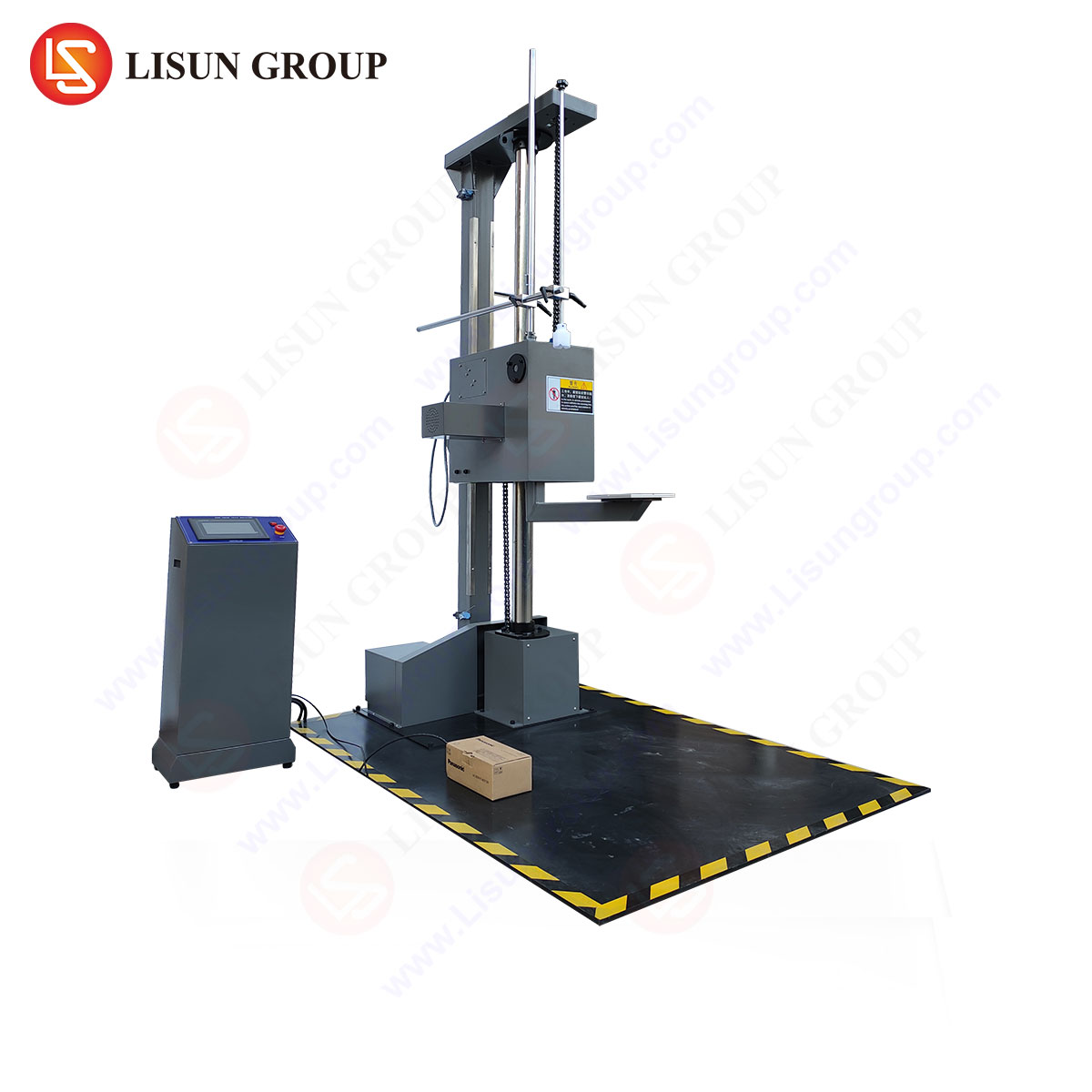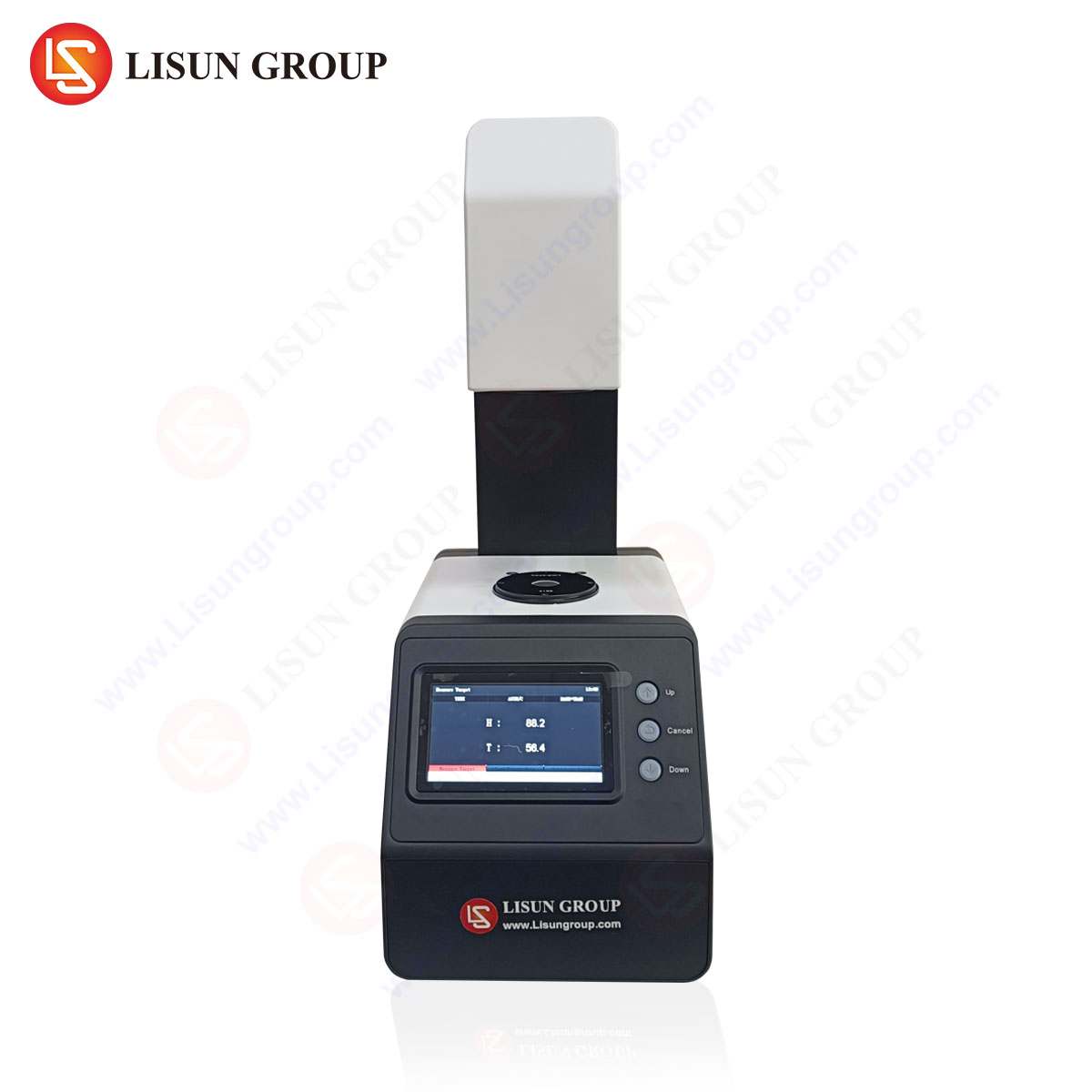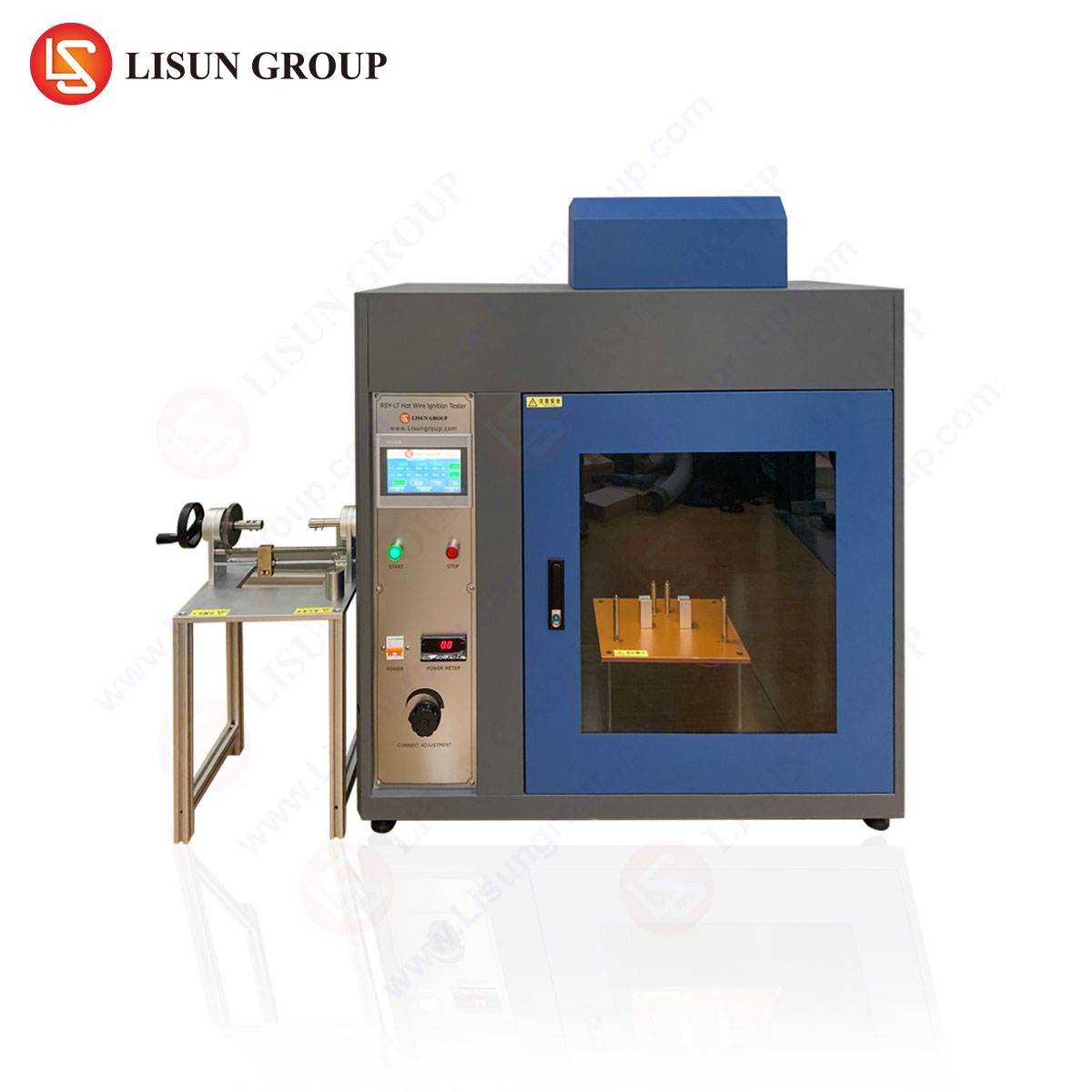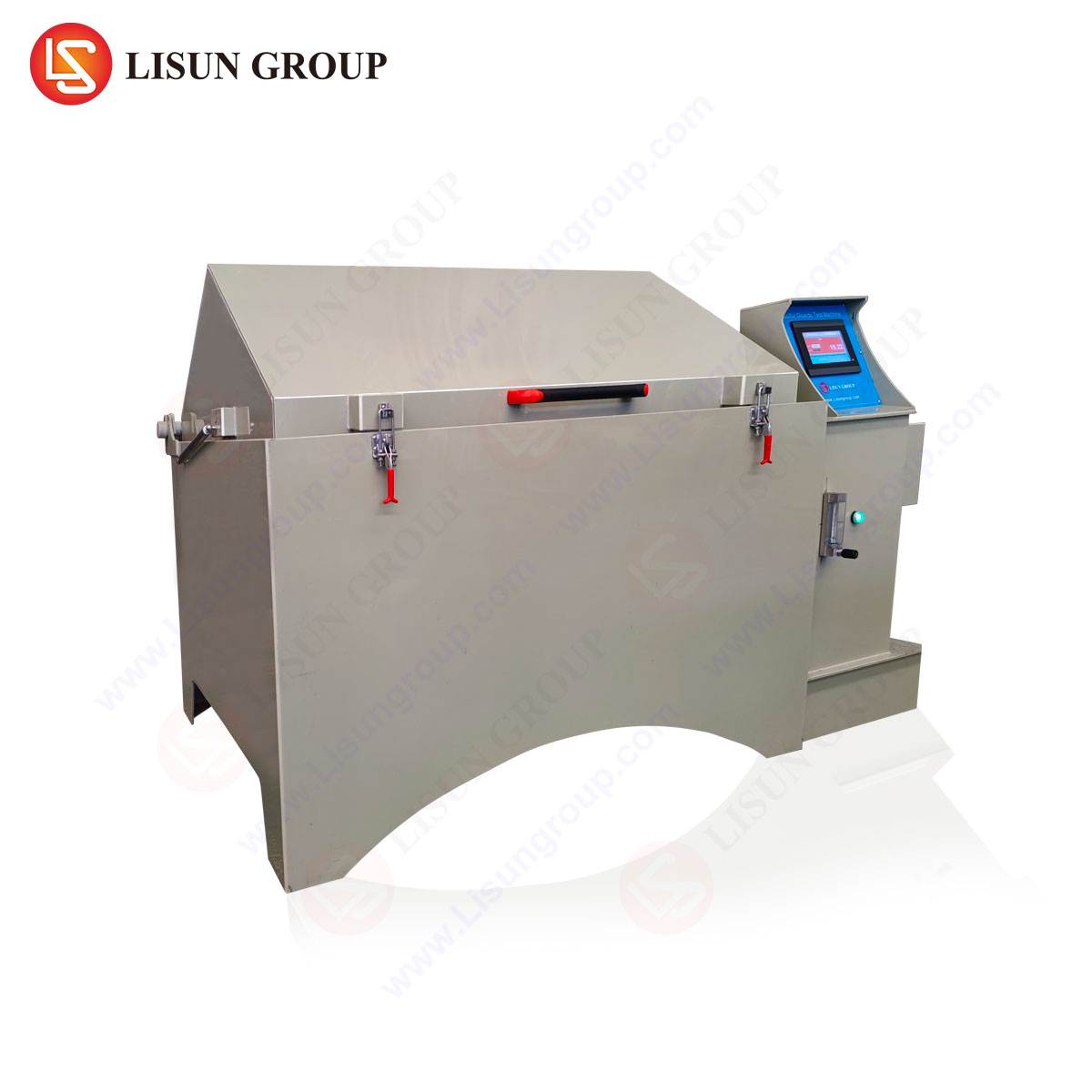The Fundamental Physics of Light Scattering Phenomena
Light scattering is an omnipresent physical phenomenon that occurs when electromagnetic radiation interacts with a medium containing particulates or inhomogeneities. The interaction redirects a portion of the incident light from its original trajectory, a process fundamentally described by the Mie and Rayleigh scattering theories. The quantitative measurement of this scattered light forms the basis for two critical, yet distinct, optical parameters: haze and turbidity. While both rely on photometric principles, their specific methodologies, applications, and the physical interpretations of their results differ significantly. Haze quantifies the wide-angle forward scattering of light transmitted through a solid material, which causes a loss of contrast and a milky or cloudy appearance. Conversely, turbidity is a measure of the scattering of light by suspended particles within a liquid or gas, serving as an indicator of its clarity or cloudiness. The accurate differentiation and measurement of these properties are paramount across numerous industrial sectors for quality control, regulatory compliance, and performance assurance.
Defining Haze: Measurement and Material Implications
Haze is formally defined as the percentage of transmitted light that, in passing through a sample, deviates from the incident beam by more than an average angle of 2.5 degrees on one or more occasions via forward scattering. This metric is exclusively applied to solid materials, predominantly transparent and translucent polymers, glasses, and coatings. High haze values indicate a pronounced diffusion of light, which is often an undesirable trait for optical clarity but a desirable one for light-diffusing applications. The measurement is strictly standardized by international norms, most notably ASTM D1003 and ISO 14782, which dictate the instrumental geometry, light source characteristics, and calibration procedures to ensure inter-laboratory reproducibility.
The implications of haze are critical in industries where visual or optical performance is a key product attribute. In the automotive electronics sector, for instance, the plastic covers for instrument clusters and infotainment touchscreens must exhibit extremely low haze to ensure readability without distracting glare or blur. Similarly, for lighting fixtures, the diffuser panels require a specific, controlled haze value to achieve uniform illumination without hot spots. A medical device, such as a disposable cuvette for spectrophotometry, must possess near-zero haze to prevent erroneous analytical readings. The generation of haze within a material is typically attributable to surface imperfections (e.g., scratching, abrasion) or internal inconsistencies, such as inhomogeneous crystallinity, phase separation, or the inclusion of unmixed pigments or fillers during the manufacturing process.
Quantifying Turbidity: Principles in Fluid Analysis
Turbidity represents an expression of the optical property of a fluid sample that causes light to be scattered and absorbed rather than transmitted in a straight line. It is not a direct measure of particulate concentration, but rather an aggregate indicator of the scattering effect caused by suspended solids, colloidal matter, and other microscopic inhomogeneities within a liquid or gas. The measured value is highly dependent on the size, shape, composition, and refractive index of these particles relative to the suspending medium. The most common units of measurement are Nephelometric Turbidity Units (NTU), Formazin Nephelometric Units (FNU), and Formazin Attenuation Units (FAU), each correlating to a specific methodological standard (e.g., EPA Method 180.1, ISO 7027).
The applications of turbidity measurement are vast and critical for process control and quality verification. In the production of insulating oils for high-voltage electrical components and transformers, low turbidity is non-negotiable, as particulates can compromise dielectric strength and lead to catastrophic failure. The manufacturing of semiconductors and telecommunications equipment demands ultra-pure water with turbidity levels approaching 0 NTU; any detectable scattering signal indicates contaminant presence that can ruin microscopic circuit features. For medical devices involving liquid reagents or parenteral solutions, turbidity testing is a mandatory quality gate to ensure sterility and the absence of precipitates or microbial growth.
Instrumental Configurations for Scattering Measurement
The fundamental difference between haze and turbidity meters is rooted in their optical design, which is engineered to comply with their respective governing standards and to target the specific scattering angles relevant to their application.
A standardized haze meter, such as the LISUN HM-100 Haze Meter, employs a double-beam integrating sphere geometry. Light from a CIE standard illuminant passes through the sample and enters a large-diameter integrating sphere. A photodetector is placed at the sphere’s wall, perpendicular to the incident beam path, to measure all scattered light. A second, trapped detector at the sphere’s exit port measures only the direct, non-deviated transmitted light. The instrument software calculates haze (%) using the formula: [T_d / (T_d + T_p)] * 100, where T_d is the diffuse transmittance and T_p is the parallel transmittance. This configuration ensures that only light scattered beyond the 2.5-degree threshold is captured for the haze calculation.
A nephelometric turbidity meter, like the turbidity function of the LISUN HM-100, operates on a different principle. It measures the intensity of light scattered at a specific angle, typically 90 degrees, by suspended particles in the sample. A focused light beam is projected into the sample vial, and a detector is placed at a right angle to the incident beam. The intensity of the light detected at 90 degrees is directly proportional to the turbidity of the sample. More advanced designs may include ratio-metric detection (using multiple detectors at different angles) or attenuation measurements to compensate for color absorption and provide more accurate readings across a wider range of values.
The HM-100: Integrated Measurement for Diverse Industrial Applications
The LISUN HM-100 Haze Meter/Turbidity Meter represents a sophisticated instrument engineered to deliver precise, compliant measurements for both solid and liquid samples within a single, unified platform. Its design incorporates the distinct optical systems required for ASTM D1003 haze testing and ISO 7027 turbidity analysis, making it an exceptionally versatile tool for quality control laboratories serving multiple industries.
The HM-100’s haze measurement function features a high-precision integrating sphere coated with BaSO₄, a CIE standard A light source, and a silicon photodiode detector. It offers a haze measurement range of 0 to 100% with a resolution of 0.01% and high repeatability, ensuring reliable data for grading material quality. For turbidity, it utilizes an infrared LED light source (860 nm wavelength) as mandated by ISO 7027 to minimize sample color interference, with a measuring range of 0 to 1000 NTU. The instrument is pre-calibrated with traceable standards and features a large LCD interface for straightforward operation and data management.
Its application is critical across the supply chain. A manufacturer of polycarbonate sheets for office equipment exteriors uses the HM-100’s haze function to verify that injection-molded parts meet aesthetic clarity specifications. An aerospace component supplier utilizes it to test the turbidity of hydraulic fluids, ensuring they are free of particulates that could abrade sensitive servo valves. A producer of PVC insulation for cable and wiring systems employs the haze function to confirm that the plasticizer compounds have not migrated to the surface and created a cloudy film, which could also affect material flexibility.
Standards Compliance and Metrological Traceability
Adherence to international standards is not a suggestion but a requirement for any measurement data intended for material certification, regulatory submission, or supplier qualification. The methodologies for haze and turbidity are rigidly prescribed to eliminate instrumental variance. The LISUN HM-100 is designed for full compliance with these critical standards: ASTM D1003 (Standard Test Method for Haze and Luminous Transmittance of Transparent Plastics), ISO 14782 (Plastics — Determination of haze for transparent materials), and ISO 7027 (Water quality — Determination of turbidity).
This compliance ensures metrological traceability, meaning that measurements made by the HM-100 can be reliably compared against those made by any other compliant instrument anywhere in the world. This is paramount for globalized industries. For example, a German automotive electronics manufacturer can specify a haze value of <1.5% for a touchscreen component sourced from a Korean supplier, and both parties can confidently verify this specification using the same standardized test method, facilitated by an instrument like the HM-100. This eliminates disputes and ensures consistent product quality.
Comparative Analysis of Scattering in Industrial Components
The manifestation and impact of light scattering vary dramatically between different industrial components, underscoring the need for precise measurement.
Low Haze is Critical: In consumer electronics, the glass cover for a smartphone display must exhibit exceptionally low haze to maintain vibrant color and sharp contrast. Even a slight increase in haze, caused by micro-scratches or coating defects, would be immediately apparent to the end-user and constitute a rejectable quality defect. Similarly, the optical lenses used in telecommunications equipment for fiber optic connectors must have near-perfect clarity to minimize signal loss.
Controlled Haze is Required: Conversely, the light-guiding panels in LCD displays from office equipment and televisions are engineered to have a specific, uniform haze value. This controlled scattering is necessary to distribute the backlight evenly across the entire screen surface. The HM-100 is used to ensure this value is consistent across every production batch.
Ultra-Low Turbidity is Mandatory: In the medical device industry, the turbidity of intravenous solutions and injectable drugs is rigorously monitored. Any detectable turbidity could indicate particulate contamination, posing a severe risk to patient safety. The HM-100’s turbidity function provides the sensitivity required for this critical pass/fail testing.
Turbidity as a Proxy for Quality: In industrial control systems, the dielectric coolant in large-scale server racks or power converters is periodically sampled. A rising turbidity trend, measured over time, can provide an early warning of internal component wear, corrosion, or chemical breakdown, allowing for predictive maintenance before a system failure occurs.
FAQ
What is the primary reason for measuring haze on a transparent plastic automotive component?
The primary reason is to ensure optical clarity and eliminate visual distortion for the driver. Components like instrument cluster covers and headlight lenses must have precisely controlled, low haze values to prevent the diffusion of light, which can cause blurring of information displays or reduce the effectiveness of lighting systems, directly impacting safety and aesthetics.
Can the HM-100 measure the turbidity of viscous fluids, such as industrial lubricants or oils?
Yes, the HM-100 turbidity meter is capable of measuring viscous fluids. However, it is crucial to ensure that the sample is homogeneous and free of entrapped air bubbles, as these can interfere with the reading. Proper sample preparation, including degassing and thorough mixing, is necessary to obtain a representative and accurate turbidity value for such fluids.
Why does the turbidity measurement function of the HM-100 use an infrared LED instead of a visible light source?
The use of an infrared light source (860 nm) is specified by the ISO 7027 standard to minimize interference from the sample’s color. Colored samples can absorb light in the visible spectrum, potentially leading to an underestimation of the true turbidity. Infrared light is less susceptible to absorption by many common colorants, providing a more accurate measurement of scattering caused solely by suspended particles.
How often should the HM-100 be calibrated to maintain measurement accuracy?
For critical quality control applications, it is recommended to perform a calibration check before each use or at least at the beginning of each shift using traceable calibration standards. A full instrumental recalibration should be performed annually or as dictated by the laboratory’s quality management system (e.g., ISO 17025) and the manufacturer’s guidelines to ensure ongoing metrological traceability.
Is there a correlation between haze value and surface roughness of a material?
While there can be a relationship, it is not a direct 1:1 correlation. Haze is a bulk optical property influenced by both surface scattering (from roughness) and internal scattering (from within the material volume). A material with a perfectly smooth surface can still have high haze due to internal crystallites or inclusions. Conversely, a material with a rough surface will typically contribute to higher haze, but a profilometer is required to quantitatively measure surface roughness itself.






